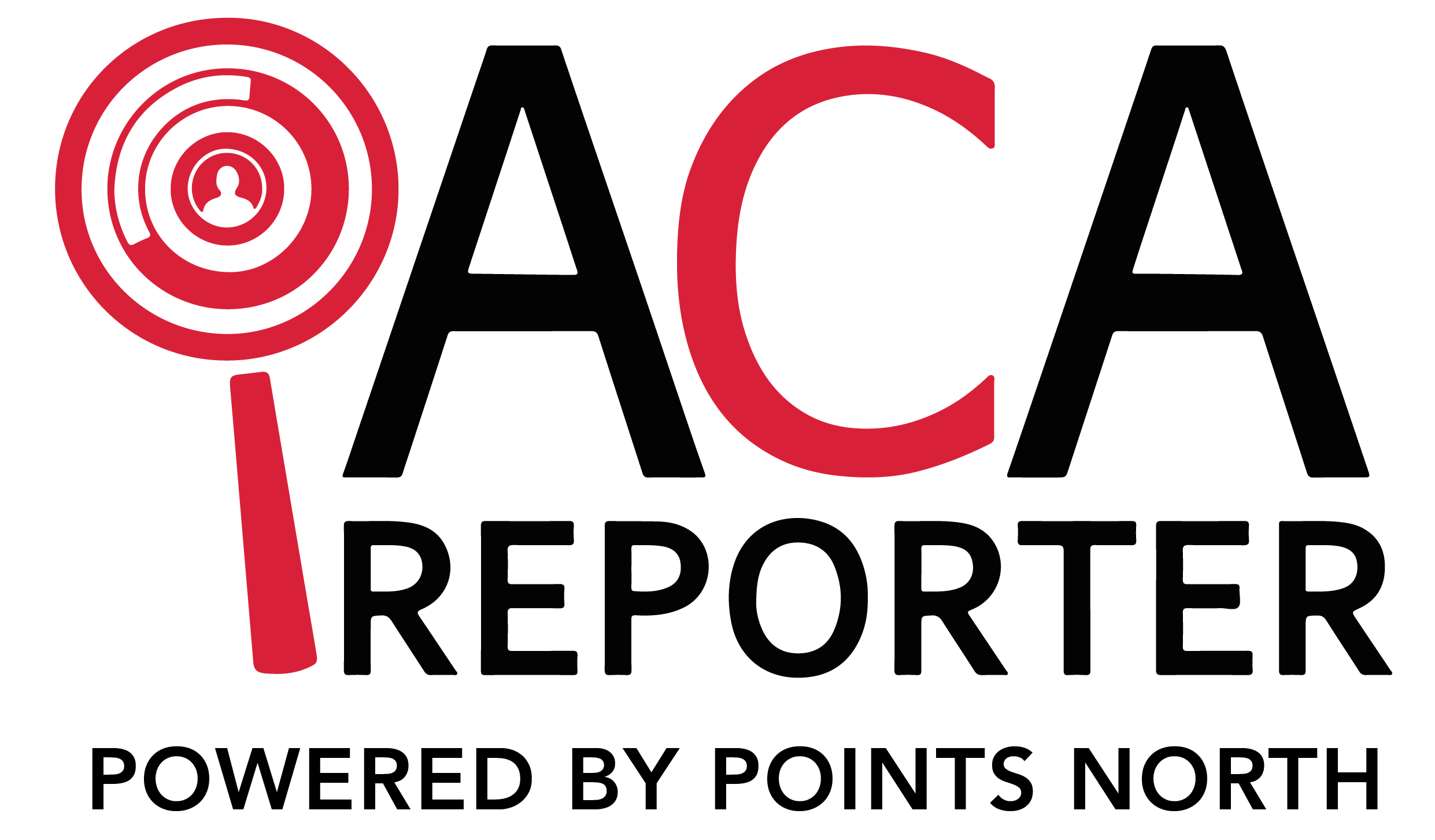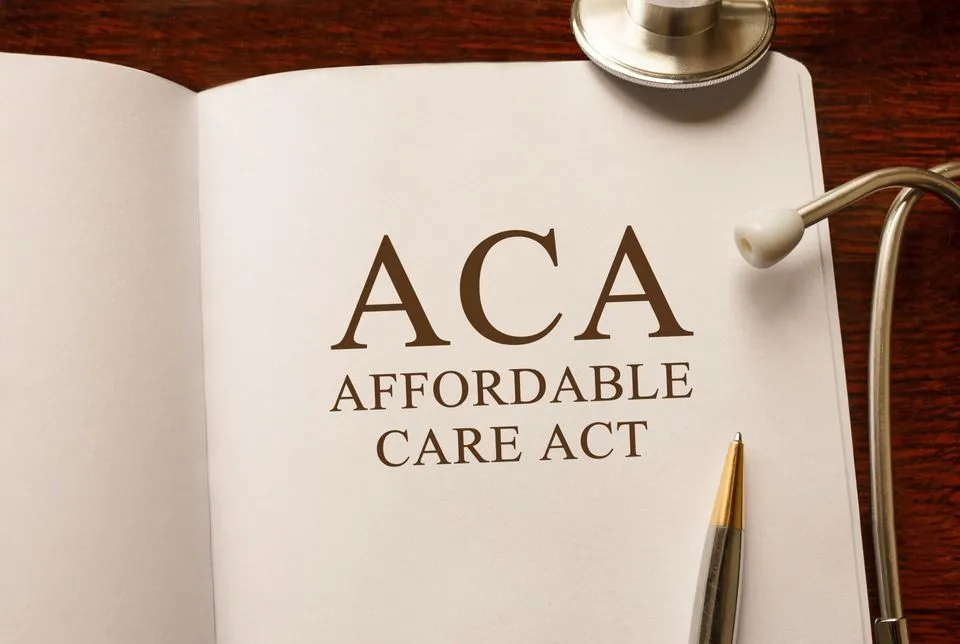Remaining compliant with Affordable Care Act (ACA) regulations can be a challenge for Applicable Large Employers (ALEs). A key requirement ALEs must meet is demonstrating that any health plan coverage offered to full-time employees is affordable. Fortunately, the IRS provides ALEs with three ACA affordability Safe Harbor options to help simplify compliance. Understanding these Safe Harbors is essential for minimizing an employer's risk of facing substantial penalties for unaffordable coverage.
ACA Safe Harbors: Who Needs Them and How Do They Work?
Understanding who specifically needs to utilize the ACA's affordability Safe Harbors, as well as how the Safe Harbors function, is critical for employers aiming to maintain compliance. Knowing these building-block concepts (also sometimes called ACA Safe Harbor limits or ACA Safe Harbor codes) helps establish context for which of the Safe Harbor options may work best for you.
Who Needs to Use ACA Affordability Safe Harbors?
The ACA's Employer Shared Responsibility provisions apply to ALEs, defined as employers with 50 or more full-time equivalent employees. Remember that even if you mostly have seasonal or part-time employees, you may qualify as an ALE due to their combined hours putting you over the full-time equivalent threshold, read more about seasonal employee ACA compliance here. ALEs must comply with Section 4980H by offering affordable, minimum-value health coverage to at least 95% of their full-time staff and dependents.
Affordability is determined based on whether the employee’s required contribution for the lowest-cost self-only plan exceeds a defined percentage of their household income. However, employers rarely have access to complete data on employees’ household incomes.
This is where the IRS’s three affordability Safe Harbors come into play. These alternatives allow ALEs to demonstrate they have offered affordable coverage without needing employees’ household income information.
What is the Safe Harbor rule for ACA?
The sole purpose of the three affordability Safe Harbors is to provide ALEs legally compliant alternatives for determining if health coverage meets the ACA's affordability criteria.
Rather than needing actual data on employees’ household incomes, ALEs can instead use employees’ W-2 wages, rate of pay (hourly or monthly salary), or the Federal Poverty Level guideline. As long as the employee's contribution amount does not exceed the maximum percentage of these measures, the coverage is deemed affordable.
While ALEs are not required to use a Safe Harbor, doing so provides assurance that the IRS will accept the affordability calculation results. This offers ALEs critical protection from potential Section 4980H penalties that could otherwise apply if coverage is found unaffordable.
Understanding the details and applications of each Safe Harbor is key for ALEs to apply them correctly and receive the intended legal protections.
3 IRS Affordability Safe Harbors
The IRS provides Applicable Large Employers three possible options for calculating ACA affordability Safe Harbors when determining if health coverage meets ACA affordability criteria: the Form W-2 Safe Harbor, the Rate of Pay Safe Harbor, and the Federal Poverty Line Safe Harbor.
1. ACA W-2 Safe Harbor:
The Form W-2 Safe Harbor bases affordability on the employee’s W-2 Box 1 wages as reported by the employer.
To calculate affordability using this method, the employer multiplies the employee’s total W-2 Box 1 wages for the year by the defined affordability percentage threshold set annually by the IRS.
As long as the employee’s annual cost for the lowest-priced self-only health plan offered by the employer does not exceed this calculated amount, the coverage is considered affordable under the ACA.
This Safe Harbor provides a straightforward affordability calculation method for employers with employees earning relatively consistent, predictable wages. However, it may be less ideal for employers with seasonal employees or industries with significant wage variability, as affordability numbers would not be known until year-end.
2. ACA FPL Safe Harbor
For the FPL Safe Harbor, affordability is determined relative to the federal poverty guideline dollar amount for a single individual, updated annually by the Department of Health and Human Services.
To calculate affordability under this method, the employer multiplies the current year's FPL dollar amount by the defined affordability percentage threshold.
As long as the employee's cost for the lowest-priced qualifying self-only health plan is equal to or lower than this resulting FPL-based figure, the coverage is considered affordable.
Administratively, this Safe Harbor is the simplest option since the FPL dollar amount applies uniformly across all employees, eliminating the need for individual wage calculations. However, it also tends to be the most conservative threshold for deeming coverage affordable.
3. ACA Rate of Pay Safe Harbor
The Rate of Pay Safe Harbor bases affordability calculations on employees' actual hourly wages or monthly salaries.
For hourly employees, the employer multiplies the employee’s lowest hourly rate of pay during the coverage period by 130 hours per month, which is the ACA’s definition of full-time. This monthly amount is then multiplied by the defined affordability percentage threshold.
For salaried employees, the employer simply multiplies the employee's monthly salary as of the first day of the coverage period by the affordability percentage threshold.
As long as the employee's cost for the lowest-priced qualifying health plan does not exceed the resulting calculation, coverage is considered affordable.
This Safe Harbor provides a consistent safe harbor benchmark for employees with variable hours. However, additional administrative steps are required compared to the W-2 method. The employer must calculate the affordability of the plan each month rather than relying on the annual W-2 calculation.
Avoiding Penalties While Calculating ACA Affordability
While essential for minimizing penalty risks, navigating ACA regulations and selecting the right affordability Safe Harbor for your organization can be extremely complex. Just one miscalculation or misapplication could remove your Safe Harbor protection and expose your organization to substantial affordability penalty assessments.
Partnering with a trusted ACA compliance expert like ACA Reporter can help guide ALEs through this process to remain compliant. Our experienced team and intuitive software solutions simplify managing ACA calculations, reporting requirements, and ongoing changes. This enables ALEs to operate with confidence that compliance processes are handled correctly so they can remain focused on their core business priorities.
Don't let complex ACA compliance put your organization at risk. Contact us today to learn more about how ACA Reporter can help your organization stay compliant and avoid costly penalties.





